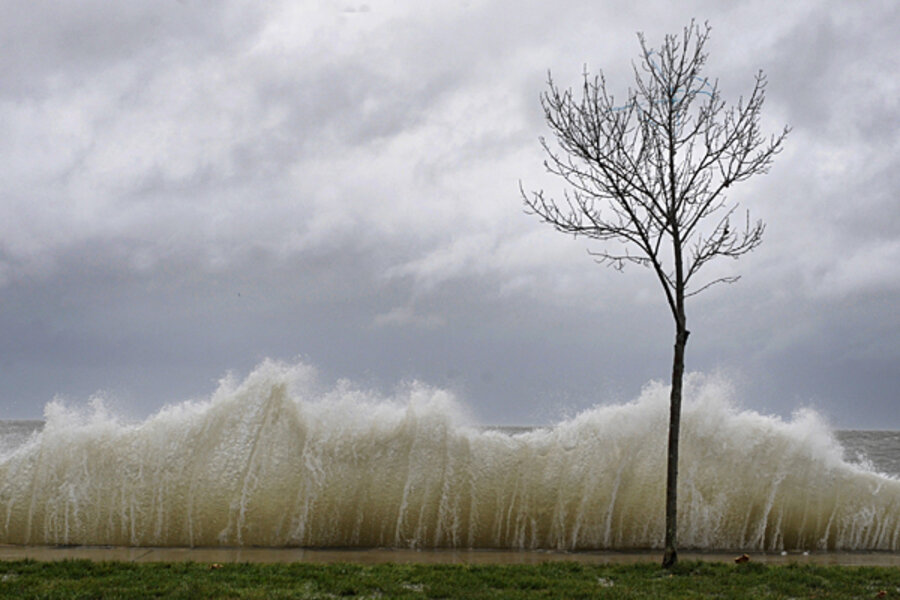Sandy vs. Katrina: differences in their impact on gas and oil
Loading...
As Hurricane Sandy bears down on the East Coast, a lot of prognosticators are offering up predictions for what it means for gasoline prices in that market. I thought it might be of interest to note the differences in Hurricane Sandy and Hurricane Katrina concerning the oil and gas markets.
Hurricane Sandy has already reduced refining capacity in the Northeast, and the possibility exists of extended outages if any of these refineries take significant damage from the hurricane. Gasoline and heating oil inventories in the area were already very low, and this increases the chances of sharp gasoline spikes across the area. However, these spikes are expected to be short-lived and localized, as the area also receives gasoline from Europe and from the Colonial Pipeline, which brings supplies to the East Coast from the Gulf Coast. As long as refinery outages are not prolonged, the gasoline markets should return to normally fairly quickly. However, people would be wise to make sure their cars are topped off with gasoline and that their heating oil supplies are adequate.
Hurricane Katrina presented a double-whammy for the oil and gasoline markets. When it tore through the Gulf of Mexico, it seriously damaged a lot of oil producing infrastructure that is critically important for the U.S. fuel supply. When Katrina made landfall, it damaged a number of refineries. The result was a shortage of oil capacity — which drove oil prices much higher — and a shortage of gasoline both from the oil shortage and the refinery outages. The oil capacity problem could not be quickly resolved, and as a result oil and gasoline prices remained higher for months. Because the Gulf Coast refineries supply gasoline to many markets, these high prices impacted the entire U.S. market.
Hurricane Sandy’s impact will be much more localized and temporary, and should not drive oil prices up since there is no oil production infrastructure offshore to be damaged. Oil products such as jet fuel, diesel, heating oil, and gasoline are likely to spike in the short term, but should settle down quickly.
On a personal note, I have experienced several hurricanes and tropical storms. If you didn’t evacuate (and if you were in a low-lying area on the coast you hopefully did), my advice to readers in the path of this storm is to make sure your cars are topped off with gasoline and that your cell phones are fully charged because you will likely lose power. Don’t use the Internet on your phone unless absolutely necessary, as it will drain the battery much faster.
Before nightfall, make sure you know where your flashlights are, and have candles handy. It would also be a good idea to subcool your refrigerator, so when the power goes out it will take longer to warm up. Don’t open the refrigerator unless absolutely necessary, and your food will stay cool for a while. Freeze anything that can be frozen. If the power outage extends to more than a few hours, the refrigerator will warm up but the freezer can stay cold for about two days if you don’t open it.
Good luck to everyone in the path of the storm.







